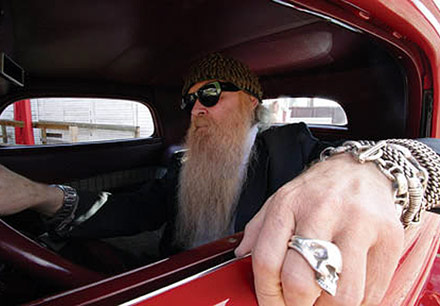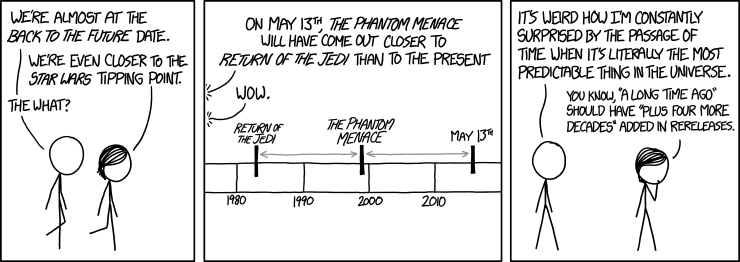Here’s something that will blow your mind, assuming you’re of the same general age as myself: Today is Pac-Man’s 35th birthday. Yes, Pac-Man, that minimalist yellow avatar of insatiable hunger, made his debut in Japan on May 22, 1980. (He wouldn’t arrive in the U.S. until October.)
Younger readers won’t see the significance, I’m sure, but to those of us who were there, Pac-Man was a very big deal indeed. Video games were still in their infancy in 1980, but were fast becoming a generation-defining fad, thanks to the popularity (and near-ubiquity, it seemed then) of Space Invaders and Asteroids. But then came Pac-Man, the first video game that was predicated on an activity other than shooting things (eating things, in this case) as well as the first game (as far as I know) that centered on a relatable, appealing character, unlike the so-called “space shooters” where you controlled a starship of some sort with no personality. Because of that cute little protagonist (and let’s be honest, Pac-Man’s enemies, the ghosts, were pretty cute too), the game actually appealed to girls, expanding a market that had been pretty much limited to the male of the species up until that time. Add the doubled audience to its fiendishly addictive gameplay, and it’s little wonder Pac-Man became the most popular arcade game of all time. The game’s manufacturer, Namco, sold nearly half a million units of the original version (not counting the sequel, Ms. Pac-Man), and continues to produce variations of it for every gaming platform now in existence. It’s still not unusual to run across a vintage Pac-Man cabinet these days, and it remains as fun and compelling as it ever was, unlike its contemporaries (when was the last time you saw, let alone dropped a quarter into a Space Invaders game?).
But it wasn’t just a popular game. Pac-Man the character became a genuine cultural phenomenon as he was licensed to all sorts of ancillary products and media. Pac-Man turned up on t-shirts and school folders, there were (still are!) toys of every description, there was a Saturday-morning cartoon series on television, and you could even eat Pac-Man cereal… if you were brave enough.
And on the radio there was the novelty song “Pac-Man Fever” by a duo called Buckner & Garcia.
Jerry Buckner and Gary Garcia had had some success with novelty songs before, and even co-wrote the lyrics for the extended version of the WKRP in Cincinnati theme song, which was released as a single in 1979. But it was a silly little ditty about a hot new fad that really gave them their 15 minutes. The song hit number 9 on the Billboard Hot 100 chart in March 1982. Here’s a clip of them performing it on the television series Solid Gold, which if you don’t recall — and if you don’t, I’m really sorry, because the Solid Gold Dancers were something, man! — was a syndicated television countdown of the top-ten pop hits of the week, featuring live (or more often lip-synched) performances by the stars themselves. I never missed it back in the day.
Ladies and gentlemen, Buckner & Garcia in a perfect time capsule from a better era:



